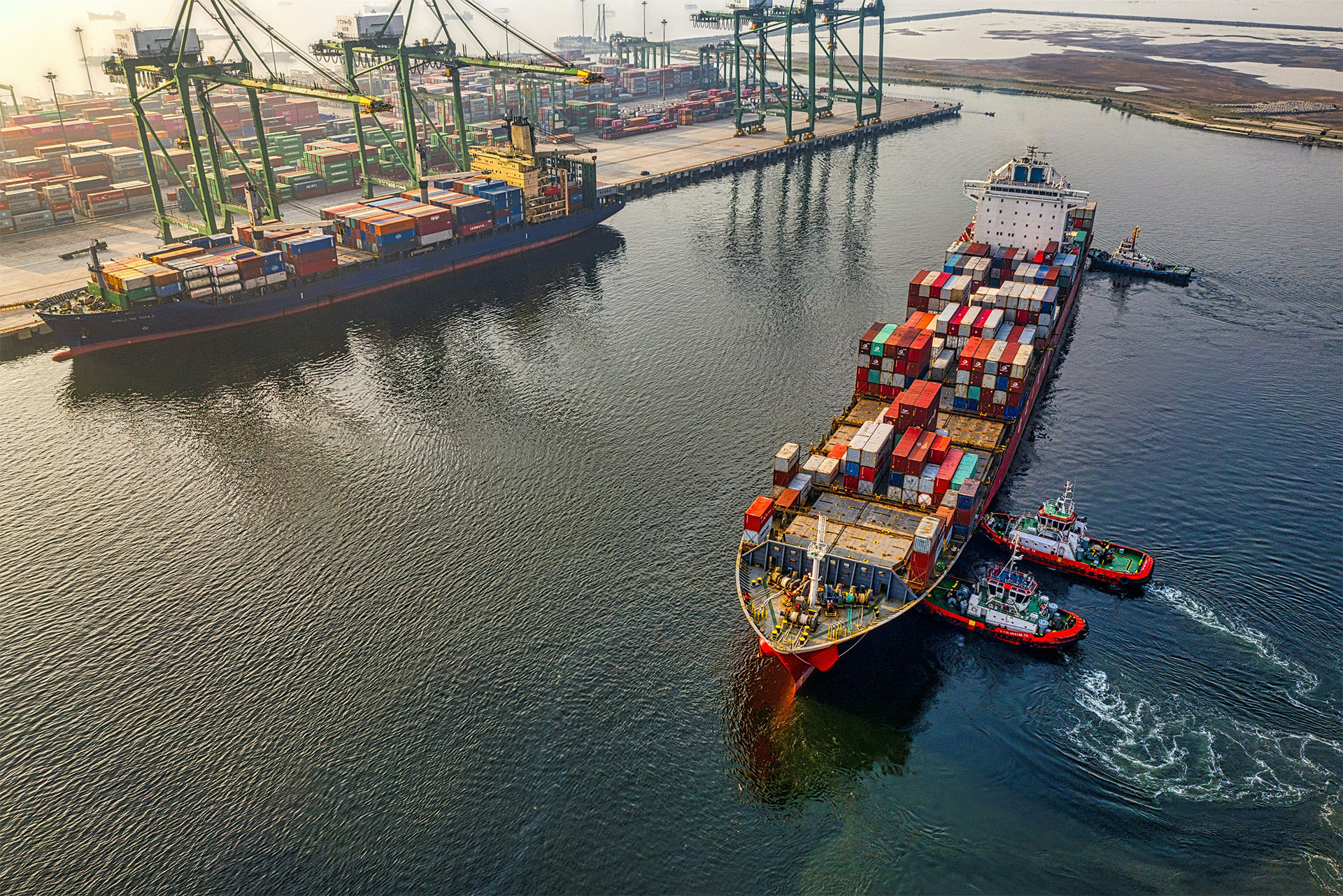The European Union's ambitious agenda for climate neutrality is encapsulated in its comprehensive 'Fit for 55' package, aiming to reduce greenhouse gas emissions by at least 55% by 2030, compared to 1990 levels. The Carbon Border Adjustment Mechanism (CBAM), a key component of this package, plays a crucial role in supporting the EU's carbon reduction goals.
The Fit for 55 Package: An Ambitious Blueprint
The Fit for 55 package includes a raft of legislative proposals designed to align EU policies with the new emissions reduction target. From enhancing energy efficiency and increasing the use of renewable energy to boosting the uptake of electric vehicles and updating the EU emissions trading scheme (ETS), the package represents a comprehensive roadmap to a cleaner, more sustainable future.
CBAM: Levelling the International Playing Field
One of the most innovative features of the Fit for 55 package is the CBAM. The mechanism imposes a carbon cost on certain goods imported into the EU. The idea is to prevent 'carbon leakage', where businesses move their operations to countries with less stringent emissions regulations. By adjusting the cost of carbon embedded in imported goods, the CBAM encourages international businesses to lower their emissions, thereby playing a significant role in the EU's broader decarbonisation strategy.
Initially, the CBAM focuses on sectors such as iron, steel, aluminium, cement, electricity, and others, which together cover around 450 individual products. Following a transitional period that ends in 2025, additional sectors like paper, plastics, organic chemicals, glass, and oil refining are expected to be included.
Fit for 55 and CBAM: Complementary Strategies
The Fit for 55 package and the CBAM go hand in hand. While the Fit for 55 package introduces measures to reduce emissions within the EU, the CBAM ensures that EU industries are not disadvantaged by overseas competitors operating under less rigorous environmental regulations.
Contribution to Carbon Reduction Goals
The CBAM complements the Fit for 55 package by exerting a kind of 'external pressure'. By putting a price on the carbon content of imports, it incentivises global manufacturers to adopt cleaner production methods, creating a ripple effect that extends the EU's decarbonisation efforts beyond its borders.
In conclusion, both the Fit for 55 package and the CBAM are bold, strategic steps towards the EU's ambitious carbon reduction goals. Through these measures, the EU is demonstrating that it is not only possible to significantly reduce emissions, but also to do so in a way that is fair, both to industries within the EU and to international trade partners. This approach promises a greener, more sustainable future, offering a blueprint that other regions might also consider adopting.



